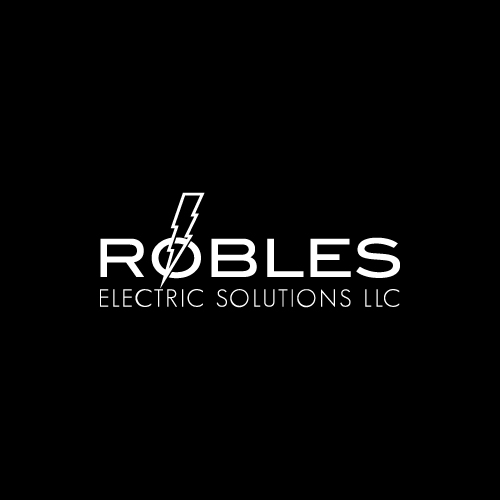With more than 81% of consumers going to the internet for a search before making a purchase, your website is more important now than ever. That said, when was the last time you left a website in less than 10 seconds because you didn’t like it? Think about that for a second and let’s dig deeper. What was it about the site you didn’t like? More importantly, how did it make you feel about the company? Most like to call this a “gut feeling” when our brain can’t put a logical explanation as to why we “feel” something.
It’s not that there isn’t a reason, it’s just that our brain is not equipped with the information to put the reason together. Frankly, there are a few reasons why we react this way when we see a bad design, but the biggest is our attention span.
A 2012 study shows that the human race fell below the goldfish in our ability to hold attention with an average 8-second span to the fish’s 9 seconds. That is not a lot of time to capture someone’s interest when they hit your site. In fact, studies show that your user will form an opinion about your business within .05 seconds of the website loading.
Another study from NN Group says you have 10 seconds to make an impression and tell them what they’ll get out of your website or company. After this time, and more often before, they will leave your page and continue their search elsewhere.
Put yourself in your users’ shoes
Go look at YOUR website. Is there anything there to catch your attention within the first 8 seconds? Are you inspired to stay on the page and/or engage with your company?
Aesthetics catch our eye first when landing on a new site. It is what initially grabs our attention and reels us in. In fact, in a study performed by Adobe, 38% of people will stop engaging with a website if the content or layout is unattractive. It is hard enough getting quality traffic to your site and to lose 2 out of every 5 people that click through because your website is outdated is money down the drain.
Also, 50% of consumers say that they will buy from a competitor if their site has a better user experience. So design your website to match the interests of your target demographic. Are they going to like bright colors and cool animations or will they appreciate an elegant typeface and good use of negative space? These are the subtle aesthetics that are picked up by the subconscious and need to be thought of when designing.
- What your users want to do once they reach your home page
- 86% want to see information about the company’s products or services
- 64% want to see the company’s contact information
- 52% want to see “about us” information
Familiarity with your website is good
Users are also looking to see a sense of familiarity when surfing the internet. It is a tough balance between designing something unique and building something that your user will recognize. We as humans are naturally drawn to things that are, at least somewhat, familiar. We instinctively realize that there will be a little learning curve in using the site. If the UI is difficult to learn and has a lot of “new” types of unfamiliar elements, your user may bounce your site.
Once on a company’s homepage, 86% of visitors want to see information about that company’s products or services, 64% want to see the company’s contact information, and 52% want to see “about us” information.
These things should always be very accessible and easily found through the navigation menu to avoid confusion and bounce. We want to design something that is beautiful, attractive, and unique while still offering the user a sense of comfort while navigating the site and ultimately converting.
A bad or dated web design can leave you with a feeling of mistrust for that company
Lack of attention to detail on your website, especially if you are in a service industry of any kind, gives your users the impression that the same lack will go into your work.
Forty-eight percent of people cited web design as the number one factor in deciding the credibility of a business and 94% of people cited web design as the reason they mistrusted or rejected a website.
Take care when designing elements like call-to-actions and forms especially. These elements are often boring and uninspiring for action, yet that is exactly what they are there for. Keep forms simple with as few input fields as possible while matching the design of the rest of the site.
Poorly designed websites and elements within the website do not instill a level of trust leaving the user hesitant to input any personal information. The user needs to feel as comfortable as possible when entering any personal information into a site they need to be assured that you will take care of their information.
If you are looking at your website and feeling that you all of a sudden don’t think you would use it, much less your customers, then you might want to consider a redesign. Maybe it is just certain aspects of your website and not the whole thing.
The point is, to set yourself up to convert and not just have a website simply for the sake of having a website. Redesign to bring a better experience to your customers. Study your analytics and pay attention to where your users are dropping off your site. Look at each page’s bounce rate and goal completions. Look at the average time on each page. The information you need is in front of you if you know what you are looking at. Your customers have inadvertently told you what they want to see more of and less of. Listen and cater to them!
Sources: Adobe Design, KO Marketing, Hosting Facts









